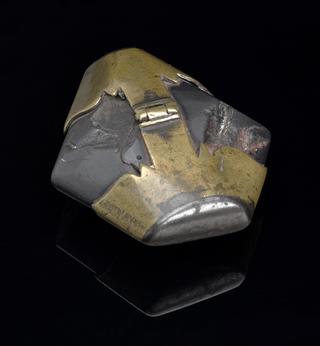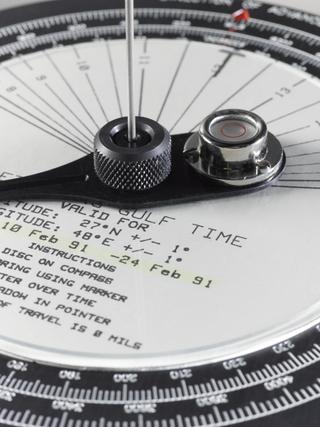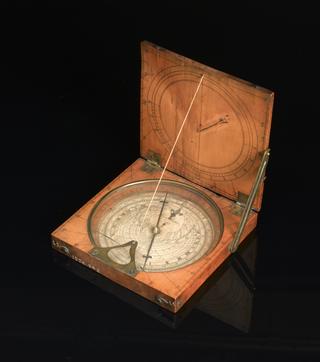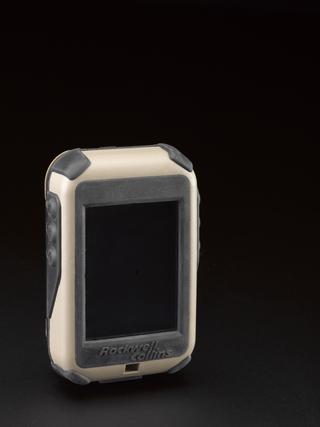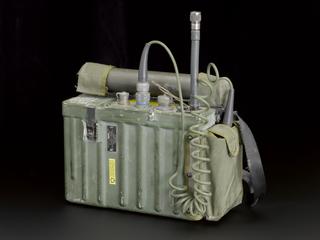
Aircraft bubble sextant.
- Made:
- 1919-1922 in Farnborough
- maker:
- Lionel Barton Booth and Royal Aircraft Establishment





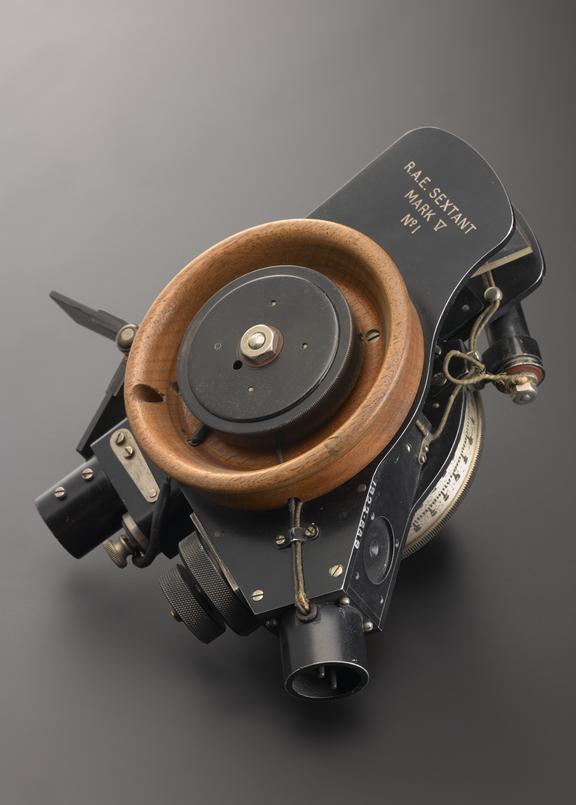
Bubble sextant designed by Lionel Barton Booth and made by the Royal Aircraft Establishment, Farnborough, about 1920. Marked on the side of the case: R.A.E. Sextant | Mk V | N° 1. Scale ... Vernier ... Two shades (...). Not seen WMB.
The R.A.E. (Royal Aircraft Establishment) Mark V bubble sextant was probably developed around 1920. The Mark I was patented in 1919, the Mark VI was patented in 1923; copies of these patents are in the object file. This example of Mark V (no 1) was the first of this type to be made, that was used by aviators until about 1939.
Details
- Category:
- Navigation
- Object Number:
- 1922-669
- Materials:
- wood (unidentified), steel (metal), plastic (unidentified), mirror-glass (silvered), electrical components and fibre (unidentified)
- Measurements:
-
overall: 92 mm x 200 mm x 75 mm, 1.45kg
- type:
- bubble sextant and aircraft sextant
- credit:
- Air Ministry Laboratory
